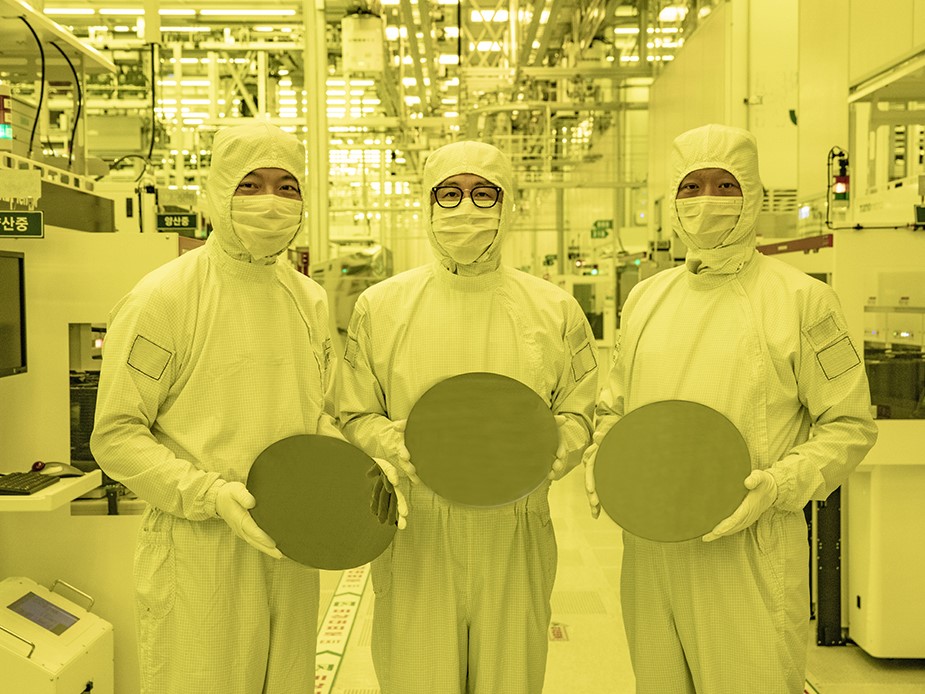Key Takeaways
1. Exclusive Availability: The GeForce RTX 5090D HOF OC LAB edition is exclusive to China and designed to meet U.S. export regulations, making it a rare find outside the region.
2. High Price Tag: Prices for the RTX 5090D on eBay have reached around $5,500, significantly higher than the regular RTX 5090’s price, which is typically up to $3,000.
3. Impact of Supply Shortage: The discontinuation of the RTX 5090D’s production by NVIDIA due to stricter export rules has led to a scarcity, driving up prices and creating a collectible status.
4. Overclocking Capabilities: The HOF OC LAB edition supports extreme overclocking with a power draw potential of up to 2,000 watts, achieving impressive benchmark scores and GPU frequencies.
5. AI Performance Limitations: The RTX 5090D has reduced AI workload capabilities compared to the standard RTX 5090, adhering to export guidelines, which diminishes its performance in AI tasks.
GALAX’s GeForce RTX 5090D HOF OC LAB edition has been spotted on eBay with prices hitting around $5,500, making it one of the priciest GB202-based NVIDIA GPUs ever sold.
Exclusive Graphics Card
This 5090D model is exclusive to China, designed to fit U.S. export rules. The HOF edition, which is a high-end version, is priced much higher than the main RTX 5090. The regular versions of the RTX 5090 usually cost up to $3,000 at many US stores, even though Nvidia’s suggested retail price for the Founder’s Edition is $2000.
Surprising Price Point
The high cost of this GPU is quite shocking, especially since the RTX 5090D is merely a slightly downgraded version of the RTX 5090 in terms of AI workload capability. This could be linked to the limited supply in China, which elevates the GPU to a sort of ‘collectible’ status.
Market Changes
The shortage and rising prices for the RTX 5090D began after NVIDIA stopped producing the card in Q2 2025, due to stricter U.S. export rules. They decided to cease all exports of the RTX 5090D to China. Meanwhile, already placed orders were “temporarily canceled,” while Chinese industry insiders claimed that the RTX 5090D series was “actually done and the graphics cards wouldn’t be available in the second quarter.”
Power and Performance
The halt on exports led to scarcity, particularly for the limited GALAX HOF OC LAB edition, which has a dual 16-pin power connector setup that lets it draw a theoretical 1200 watts. Special BIOS updates allow users to increase this power limit for extreme overclocking, pushing the power draw to as high as 2,000 watts.
The HOF OC LAB edition has set numerous records, with overclocking fans reaching GPU frequencies of 3,650 MHz using liquid nitrogen. In benchmarks like 3D Mark Port Royal, it scored a record 47,469 points, while it achieved 38,327 points in Uniengine Superposition and a record time of 39.434 seconds in GPUPI v3.3.
High-End Features
The premium price of the HOF OC LAB is backed by a 38-phase VRM setup, with 28 phases dedicated to the GPU itself. The GPU is constructed on a 12-layer PCB and shares the same memory specs as the standard RTX 5090, featuring 32 GB of GDDR7 memory running at 28 Gbps.
In terms of AI performance, the RTX 5090D variant falls short compared to the base RTX 5090, with a reduction from 3,352 to 2,375 AI TOPs, a decrease of 29.15%. This limitation was put in place to adhere to U.S. export guidelines.
Conclusion
The current price of the RTX 5090D GALAX’s HOF OC LAB edition highlights not just how expensive high-end overclocking cards can become, but also illustrates how global political factors can impact gamers, enthusiasts, and those who don’t use AI performance.
Source:
Link



